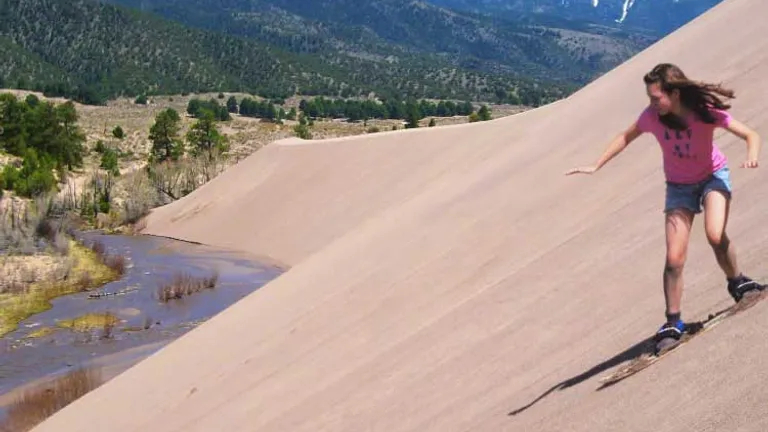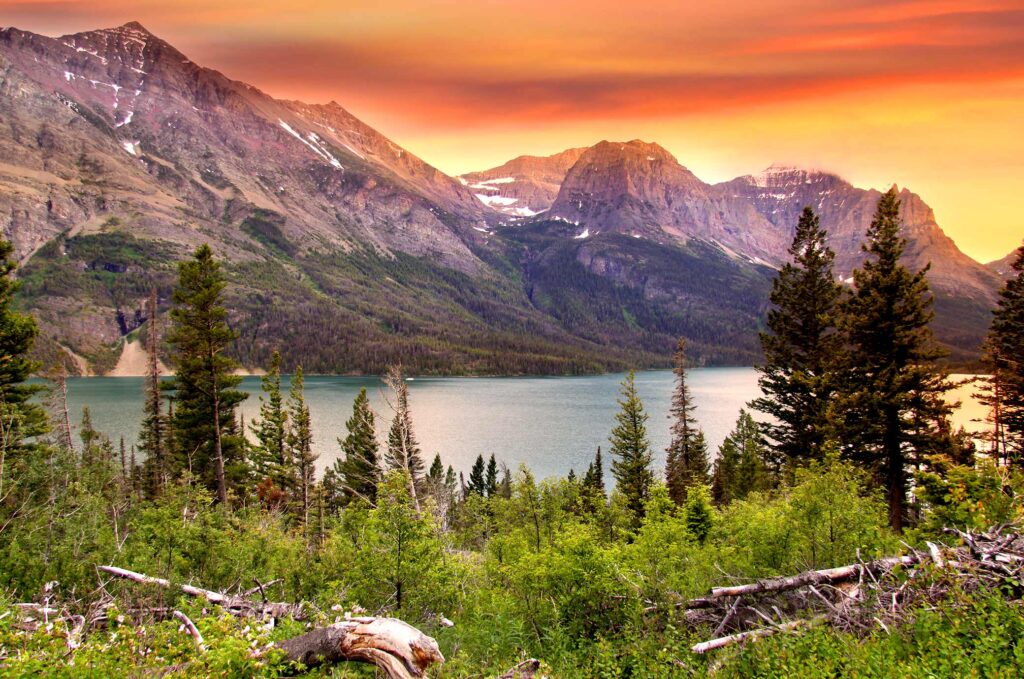National parks of the United States offer unparalleled wildlife-viewing opportunities, from grizzly bears in Katmai to moose in Denali – these 63 parks provide abundant chances to encounter living wildlife.
Carlsbad Caverns are home to an abundance of birds (and bats). You’ll likely spot rare cave swallows and red-bellied water snakes as you hike or kayak through this park along its rivers.
1. Yosemite National Park
America’s national parks are widely revered for their breathtaking natural wonders, yet some also house an abundance of living flora and fauna ranging from mountain lions to polar bears – making these parks truly amazing places for wildlife adventures coast to coast.
Yosemite National Park has long been recognized as an iconic national park, its granite cathedrals, roaring waterfalls and ancient sequoia groves inspiring early conservationists to lobby for its protection in 1864. Today visitors continue to be dazzled by Yosemite’s grand vistas – but there’s more than meets the eye; Yosemite is home to over 600 bighorn sheep (listed on endangered list), roaming freely throughout its valley floor mule deer roam freely – with patience you might just see a bear!
Yosemite National Park is an ideal spot for birders, with over 280 recorded species of birds to observe and spot. Keep an eye out for white-tailed ptarmigan, golden eagles, Abert’s squirrels and Abert’s squirrels when birding – these hard-to-spot species include white-tailed ptarmigan, golden eagles and Abert’s squirrels! As for wildlife sightings: keep away from herds of moose and bear, never feed deer (they become too used to humans quickly, become injured or killed), the best way is hiking where you can observe animals from an appropriate distance!
2. Yellowstone National Park
Launch into an unforgettable wildlife tour of Yellowstone National Park and witness grizzly bears flipping logs and rocks over in search of food in Lamar Valley; hear an elk bugle echo through a wilderness area; or marvel at Grand Prismatic Spring’s vivid hues – there’s sure to be an experience that fits both your interests and budget perfectly! There’s an abundance of tours available so it should be easy for you to create the experience of a lifetime!
Yellowstone National Park boasts over 2.2 million acres, providing home to an abundance of diverse wildlife that spans every corner. Unfortunately, with so much territory to cover, tracking animals requires both patience and expertise – and an experienced guide can make your experience all the better by sharing recent activity patterns, time of year trends, popular feeding areas and providing access to spotting scopes/binoculars for optimal viewing experience.
Explore Yellowstone’s rich wildlife habitat on the Wake Up to Wildlife tour (from late May through September), giving you the chance to observe bison, bears and elk. Or experience Yellowstone in a Day, covering all 142 miles of Grand Loop Road including iconic sites like Old Faithful and Mammoth Hot Springs. And don’t miss Twilight on the Firehole Canyon’s magical beauty at sunset – guaranteed guest favorites.
3. Denali National Park
Denali National Park draws travelers who seek an authentic Alaskan wilderness experience. Sharing its name with 20,320-foot Mount McKinley, this park is best known for its abundant flora and wildlife – something travelers are sure to experience first-hand in Denali National Park.
39 mammal species call the park their home, including moose (the largest members of the deer family), caribou (whose herds rank among the largest herds in nature), Dall sheep, wolves and–visitors’ favorite sighting–grizzly bear. Finding these creatures requires both patience and luck; “you will only catch sight of these animals if you know when and how to search,” Martin notes.
Denali National Park offers some of its finest views during summer, when long daylight hours and guided and self-guided ranger tours are at their peak. Summer also is often best for seeing wildlife such as black and grizzly bears who inhabit its forested areas, though wildlife sightings may occur at other times of the year.
Since private cars are only allowed within 15 miles of Denali National Park’s sole road, taking a shuttle bus tour is essential to visiting. Narrated by drivers-naturalists, these tours provide ample opportunities for wildlife spotting.
4. Grand Canyon National Park
Even in its harsh climate, the Grand Canyon supports an amazing diversity of habitats and mammals. Both Rims offer different environments with their respective species found here; its status as a Globally Important Bird Area makes it a vital stopover point for migrating birds such as Northern Goshawks, peregrine falcons, Steller Jays as they fly north or south through spring and fall migration patterns. Kaibab squirrels from North Rim’s Ponderosa pine forests attract Kaibab squirrels that have evolved to survive these extreme conditions by storing food and water inside their bodies to survive the harsh environments they face here.
Mule deer are another crowd favorite and their males rutting can be witnessed during the fall season. Rocky Mountain elk are another captivating spectacle found throughout this region and provide visitors with a captivating spectacle.
Reptiles and amphibians thrive at this park, including 18 species of lizard and 22 snake species. Families may spot one or two snakes while exploring on guided hikes or river rafting trips designed to provide safe distance from these dangerous animals.
As one of America’s most breathtaking landscapes, Grand Canyon National Park provides an extraordinary wildlife destination for families. Here you will find everything from grizzly bears and California condors to playful mountain lions – each species plays an essential part in maintaining this amazing ecosystem.





8 Responses
As a resident of NY state I would like to see reviews on parks closer to home. The parks you cover are all in the western part of our country. How about parks in the Central and Eastern part of our country.
Do we have a group leader? What are the participant ages? What kind of equipment, clothing etc do we need to be comfortable during these trips?
Great viewing I’m 👍.
Saving up for one of the trips.
Wow!!! Never saw this before. Amazing! Thank you.
Kindly sponsor me to come take good care of your great health animals please please.. it will be my greatest honor to get this opportunity from you.. thank you.
What would be the most popular drive through park, to see most species of wildlife
Interested in everything except rock climbing Thank you.
Can’t wait to start traveling next June to see all the National Parks I saw as a child.